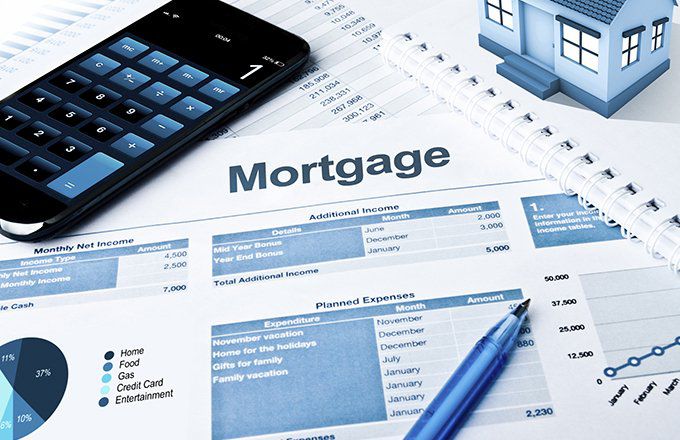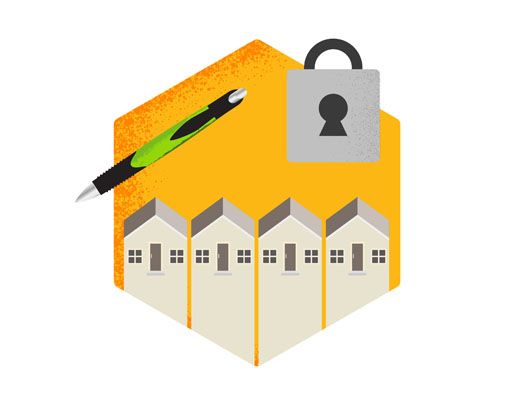
What's the Difference Between Adjustable and Fixed-Rate Mortgages?
To decide between an adjustable vs. fixed rate mortgage, speak to your lender and observe the current market conditions to find the loan best for you.
If you will be financing your upcoming home purchase with a mortgage loan, you will need to make many important decisions that will shape your loan experience.
One of the first things that you will need to decide when selecting your loan package is between adjustable vs. fixed rate mortgage.
Buyers should be clear about the difference between adjustable vs fixed rate mortgage loans, and how your interest rate impacts your repayment terms and expenses once you become a homeowner.
Here is some helpful information regarding adjustable vs. fixed rate mortgage loans.
Adjustable Vs. Fixed Rate Mortgage
Both “adjustable” and “fixed” are terms used to describe the interest rates that are applied to the principal amount borrowed to purchase the home.
These categories are the two main mortgage types, meaning that the decision between adjustable interest or fixed interest is a fundamental decision for home buyers.
Here are more details explaining adjustable vs. fixed rate mortgage loans.
Adjustable Mortgage Rate

An adjustable mortgage rate, often called an ARM, is subject to change over time.
Adjustable rate mortgages apply variable interest rates, where the interest changes based on market circumstances at set intervals within the loan’s repayment period.
How Adjustable Rate Mortgages Work
With an adjustable rate mortgage, the interest rate applied at the beginning of the loan is set below the current market interest rate. As time passes, the interest rate on an adjustable rate mortgage increases.
For a certain period of time at the beginning of your loan repayment period, adjustable rate mortgages lock in the lower-than-average interest rate that was applied when the loan was first issued.
After this period of time, the interest rate will change periodically. When the time comes for the loan’s interest rate to be updated, it is changed according to the current market interest rate at that time.
The new rate will be applied until it is time for the loan’s interest to reset again.
Considerations for Adjustable Rate Mortgages
While interest rates are lower at first, adjustable rate mortgages can see higher-than-market-average interest rates over time. Depending on the term of the loan, it’s possible that the applied interest on an adjustable rate mortgage can rise above the current market rate.
However, it is possible for the interest rates to lower when the interest rate resets. If the market’s interest rate is low when it’s time for the loan’s rate to reset, borrowers will gain access to a lower interest rate until it’s time for the rate to reset according to the market again.
Fixed Mortgage Rate
Unlike adjustable mortgage rates that are open to changes over time, a fixed mortgage rate will not change. Fixed rate mortgages maintain the same interest rate throughout the entire life of the loan.
How Fixed Rate Mortgages Work

Fixed rate mortgages do not see changing interest rates over time.
The total for each monthly mortgage payment will not change throughout the course of the loan. However, different percentages of each payment will be applied to the various aspects of your loan, such as principal, interest, insurance, and taxes.
Considerations for Fixed Rate Mortgages
While the percentage of interest paid on the principal will not change, the total price paid in interest with fixed rate mortgages will vary depending on the lifetime of your loan.
For example, a 30-year mortgage with a principal of $250,000, a 3% fixed interest rate, and a 20% down payment will accrue a total of $103,557 in interest over the life of the loan.
The same loan details with a 15-year term would only accrue $48,613 in interest. In this case, the difference in interest costs between the 30-year and 15-year terms is $54,944.
While the 30-year loan offers the lowest monthly payment rates, it does add substantially higher interest costs to your fixed-rate mortgage.
Which Interest Rate Option Better?
Both adjustable and fixed-rate mortgages come with benefits and drawbacks. It’s important to look at both your own situation and the current market conditions to make the best decision.
If the market is currently seeing low interest rates, it may be a smart strategy to pursue a fixed-rate mortgage to lock in the low rate throughout your entire loan.
If the market is experiencing high interest, it may be a good idea to choose an adjustable rate mortgage to avoid being locked into high interest for your entire loan term.
When deciding between an adjustable vs. fixed rate mortgage, speak to your lender to learn more about how each option applies to your specific situation.
For more real estate advice sharing tips to help you prepare for your mortgage and understand your loan, explore more articles on the RealEstateAgents.com Blog.





